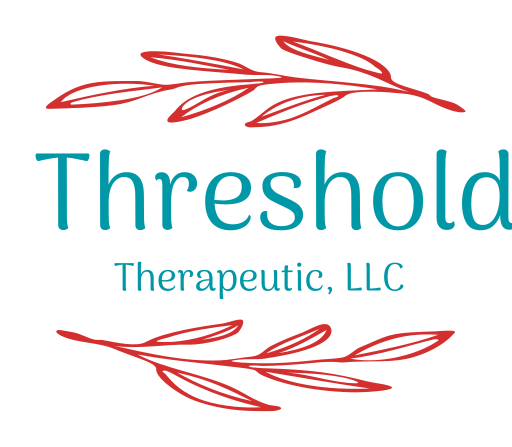Are Falls Preventable for Seniors?
The quick answer to this question is YES! Many people have the perception that falls are a normal part of aging, but we are here to educate you this this is absolutely NOT the case. The prevalence of falls in the senior population is high, but this does not mean that is “normal,” or “to be expected,” as a part of aging. Threshold Therapeutic, LLC is passionate about increasing safety and independence for adults and seniors, and a large part of this mission includes fall prevention.
I often get asked this question by seniors and family members: “Are falls really that dangerous?” Here are some fast facts from the CDC regarding falls:
1 out of 3 older adults fall each year
1 out of every 5 falls causes a serious injury
3 million seniors are hospitalized each year with injuries related to falls
More than 95% of hip fractures are caused by falls
Falls are the most common cause of traumatic brain injuries
I don’t ever want to use fear as a therapeutic tool, but these statistics are the reason that we are so passionate about fall prevention.
How do I Prevent Falls?
Great question! Here are some quick and easy steps to help reduce the risk of falling.
1) Talk to your doctor: If you have concerns about your balance, or risk/history of falls, as your doctor or pharmacist to help look over your medical history and review your medications
Ask for a referral for Occupational Therapy to assist with safety with self-care and home safety.
Ask for a referral for Physical Therapy to assist with improving strength and balance.
2) Keep Moving: Keep your body agile and active by engaging in physical activities including walking, recreational activities, and exercise classes.
3) Wear Proper Footwear: Make sure that your shoes have a solid back and a supportive sole with good grip on the bottom. Avoid flip-flops, loose-fitting house slippers, or shoes where the grips on the bottom have worn-down.
4) Get an Annual Eye Exam: Have your eyes checked at least yearly, as your vision can have a dramatic impact on your balance.
5) Improve the Safety of your Home: Small modifications to your home can make a huge difference for reducing fall risks by removing clutter, removing tripping hazards, and utilizing adaptive equipment to improve safety.
How do I get help?
If you are not sure where to start, there are professionals who can help. Your primary care physician is a great place to start to get referrals to appropriate community resources. You can also give us a call! Threshold Therapeutic, LLC is passionate about keeping our seniors safety. We provide both physical and occupational therapy services to assist with home safety, balance to reduce risk and prevent falls. Feel free to contact us for more information.
Also, feel free to check out our other articles for “Aging in Place Home Safety Checklist” and “How to Prevent Falls in the Community.”
Resources:
1) https://www.cdc.gov/falls/facts.html
3) Bergen G, Stevens MR, Burns ER. Falls and Fall Injuries Among Adults Aged ≥65 Years — United States, 2014. MMWR Morb Mortal Wkly Rep 2016;65:993–998. DOI: http://dx.doi.org/10.15585/mmwr.mm6537a2
4) Alexander BH, Rivara FP, Wolf ME. The cost and frequency of hospitalization for fall–related injuries in older adults. American Journal of Public Health 1992;82(7):1020–3.
5) Sterling DA, O’Connor JA, Bonadies J. Geriatric falls: injury severity is high and disproportionate to mechanism. Journal of Trauma–Injury, Infection and Critical Care 2001;50(1):116–9
